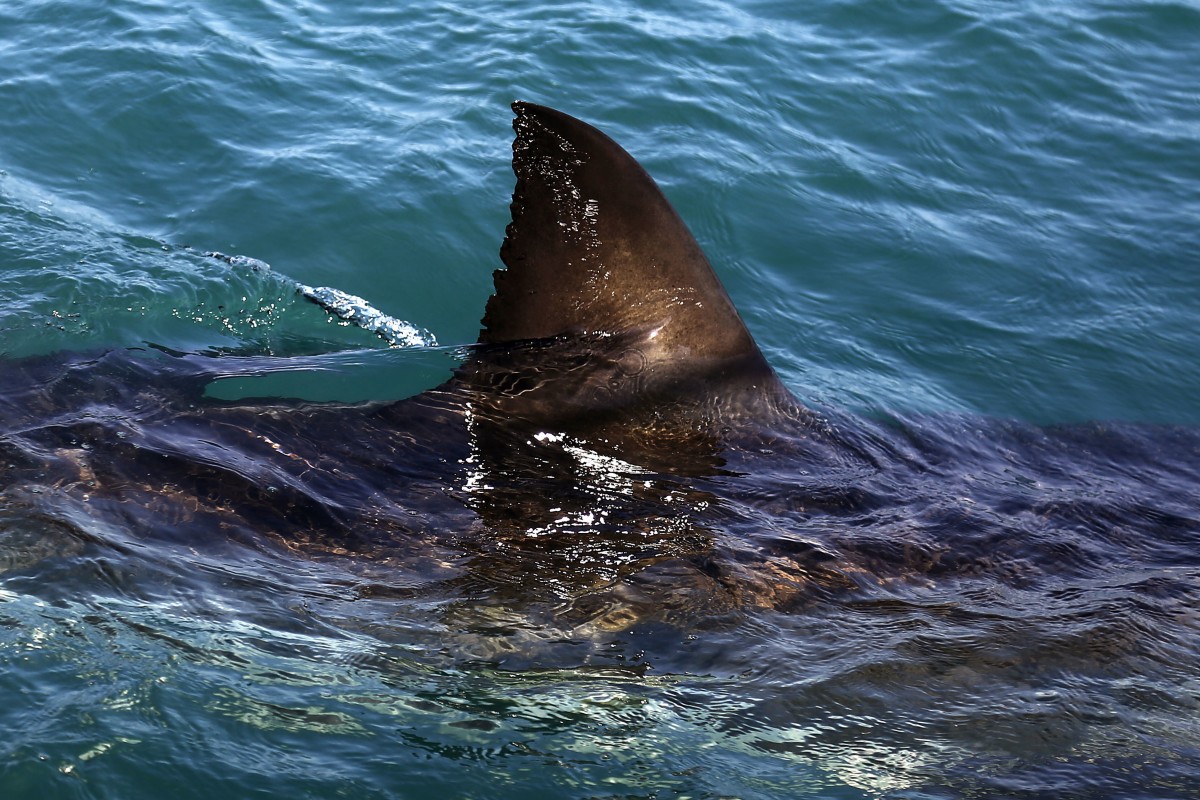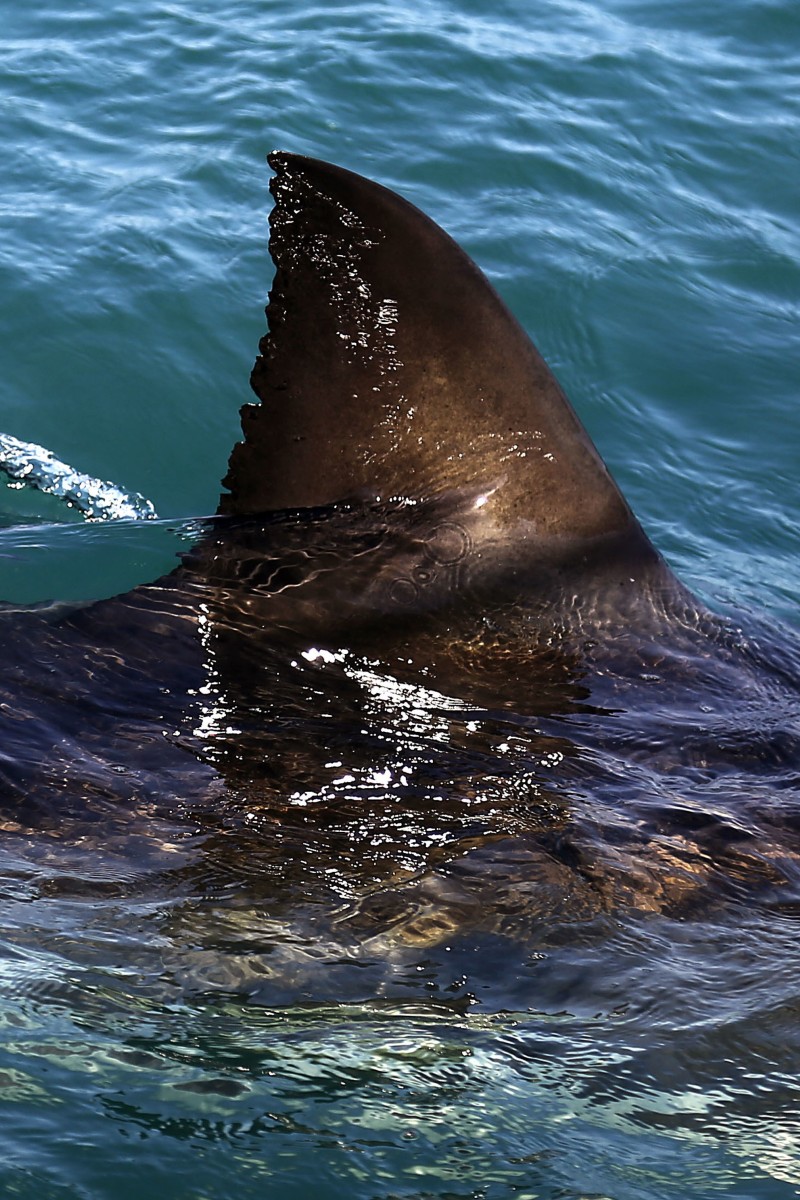 Shark Week's sham doesn't take the shine off sharks.
Shark Week's sham doesn't take the shine off sharks.Shark Week is pretty disappointing. No, the shark that Michael Phelps “raced” was not real. No, a giant prehistoric shark called a megalodon doesn’t continue to prowl the seas. Sure, there is some awesome science thrown in there with the bogus “voodoo shark” stories. But basically, the week is a multimillion-dollar marketing ploy masquerading as educational programming.
But! We really, really, really like sharks. So we’re not above shamelessly exploiting the Discovery Channel’s gimmick to share our favourite fun facts about these brilliant and bizarre creatures. The best part is, these are all true.
- Sharks are ancient: The first sharks evolved more than 400 million years ago, long before mammals, dinosaurs and flowering plants. They have survived at least four mass extinctions, including one that killed off 90 percent of all species on Earth. More than 500 shark species are still around. They range from the dwarf lanternshark, which is no longer than a pencil, to the whale shark, which can be as big as a school bus.
- They have awesome names: The biologists who came up with the names for some sharks were seriously having fun. There’s Megachasma pelagios, or the “giant mouth of the deep” - a rarely spotted filter feeder the size of a truck. There’s the scalloped bonnethead, which sounds as if it’s a clothing item in “Pride and Prejudice” but looks like it belongs in “Pride and Prejudice and Zombies.”
- They have no bones: Sharks, along with their close relatives rays and skates, are distinguished from other fish by their cartilaginous skeletons. The stuff that forms the framework of their bodies is the same rubbery tissue that makes up our noses and ears. This makes their skeletons light and flexible and makes sharks the swift swimmers that they are.
Then there’s the aptly named cookiecutter shark, which latches onto its prey and uses serrated teeth to cut a perfectly round chunk of flesh from its victims. Cookiecutters also use bioluminescence and color contrasts to mimic the silhouette of small fish and lure other ocean creatures close enough for the little shark to grab a bite. The characteristic pockmarks from a cookiecutter attack have been found on whales 50 times their size. Never mess with a cookiecutter.
- Their sixth sense is electric: Sharks are capable of electroreception. Using jelly-filled cells called ampullae of Lorenzini , they can detect the disturbances in Earth’s magnetic field generated by the movement of animals and waves. Saltwater is an amazing conductor of electricity, and the ampullae of Lorenzini are so sensitive that a shark could theoretically detect the current from a AA battery 1,000 miles away.
The amazing thing is that if you stroke a shark on its nose - stay with us here you'll want to know - it goes into a kind of trance called tonic immobility. Researchers do this to sharks when they want to check them out. It takes less than a minute for the shark to become hypnotised, and it can stay that way for around 15 minutes. Getting a shark to chill can also be done by gently turning it on its back. As the shark's nose is pretty close to its mouth, we don't recommend you do this without professional supervision. Check out the video.
- Lady sharks don’t need a man: Some shark species are capable of parthenogenesis - the females can give birth without ever meeting a male. The process involves mama sharks doubling their eggs’ genomes, essentially cloning themselves. Several years ago, a swell shark at the National Aquarium in Baltimore produced five pups this way. She hadn’t encountered a male of her species for at least three years.
Baby sharks are hardcore: Several species of shark are ovoviviparous - the mother retains her eggs inside her body, and her pups hatch and develop in her uterus. But sand tiger sharks, which dwell in warm and temperate waters around the world, take it one step further. They practice in-the-womb cannibalism, or “adelphophagy” - literally “eating one’s brother.” During gestation, the biggest embryos devour their litter mates until only two are left alive. The is actually advantageous to their mom, because it means she gives birth only to the strongest and fiercest young, who are then more likely to survive in the wild.
